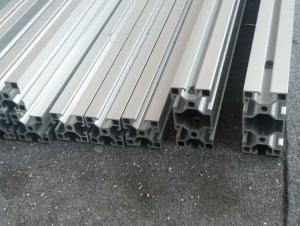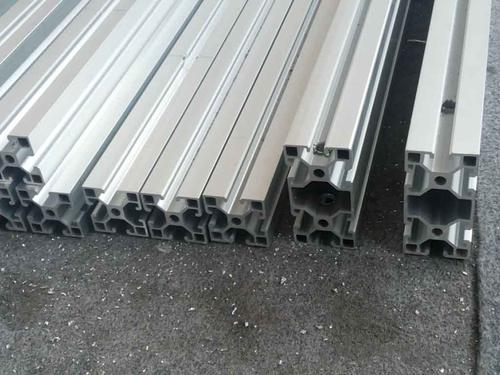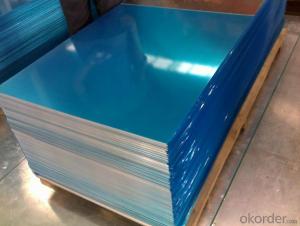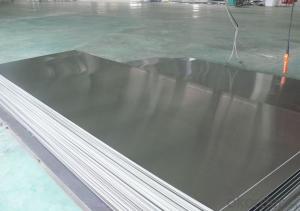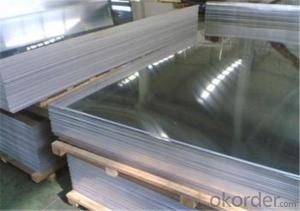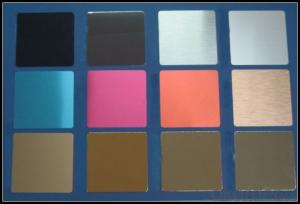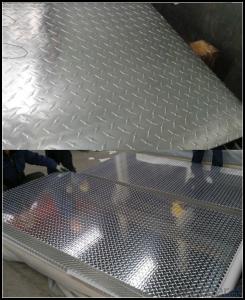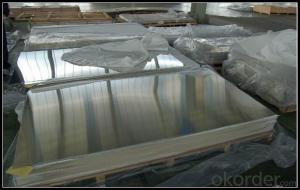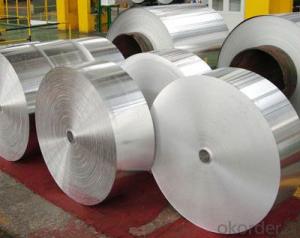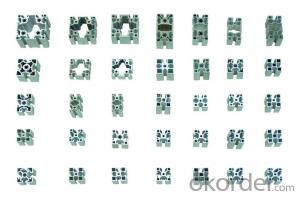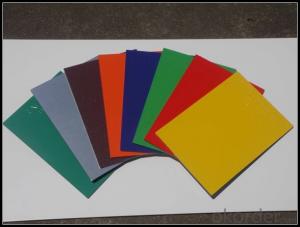Colored Aluminum Foil Sheets for Aluminium Window and Door Profile/Extrusions
- Loading Port:
- Shanghai
- Payment Terms:
- TT OR LC
- Min Order Qty:
- 20 m.t.
- Supply Capability:
- 2000 m.t./month
OKorder Service Pledge
OKorder Financial Service
You Might Also Like
1.Structure of Aluminium Window and Door Profile/Extrusions Description:
Anodizing (also spelled anodising, particularly in the UK and Australia) is an electrolytic passivation process used to increase the thickness of the natural oxide layer on the surface of metal parts. Anodized aluminium surfaces, for example, are harder than aluminium but have low to moderate wear resistance that can be improved with increasing thickness or by applying suitable sealing substances.
2.Main Features of the Aluminium Window and Door Profile/Extrusions:
High corrosion-resistance;
weather-resistance;
heat-resistance;
alkali-resistance and impact-resistance properties.
3.Aluminium Window and Door Profile/Extrusions Images:
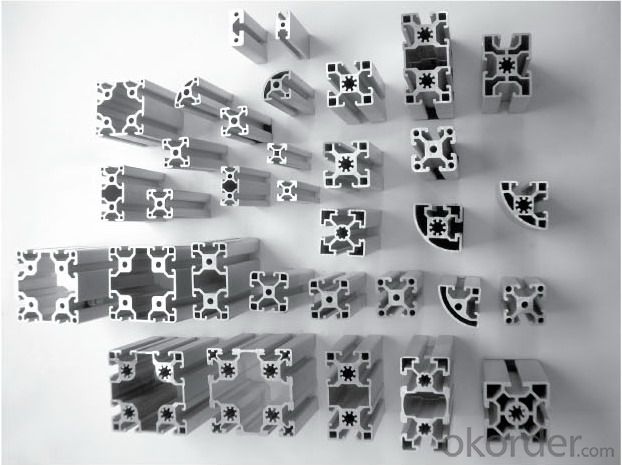
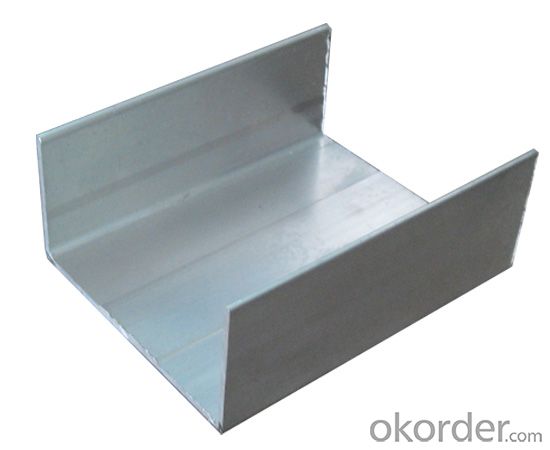
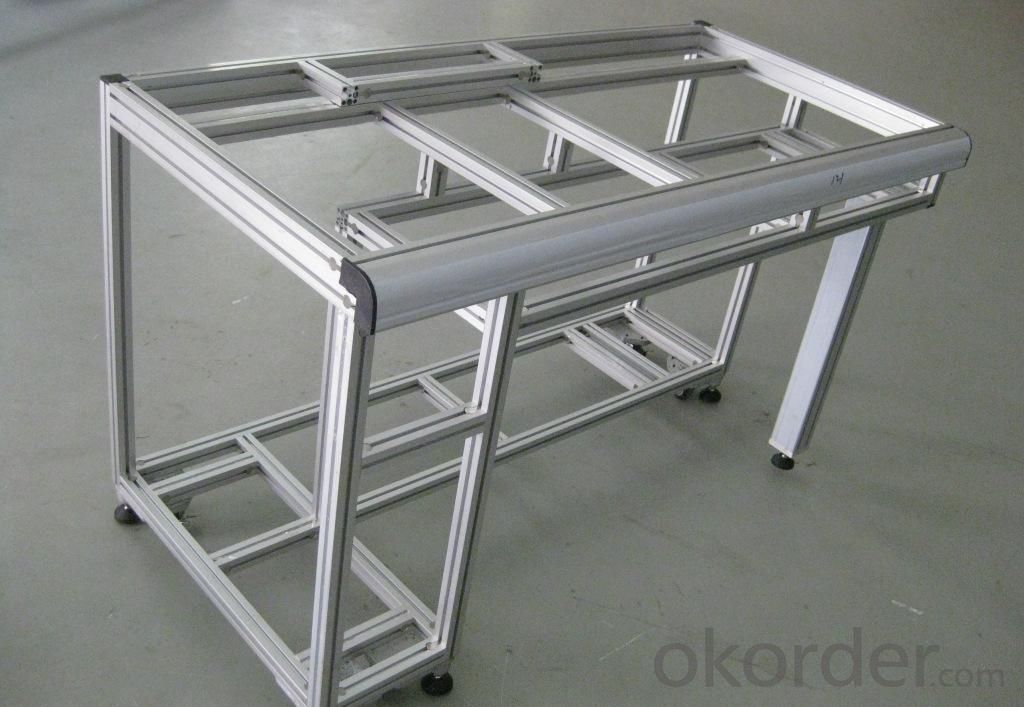
4.Aluminium Window and Door Profile/ExtrusionsSpecification:
1. Material: 6063,6061,6060,6005,6005A,etc.
2. Temper: T5 or T6
3. Finish: Mill finish, anodizing, powder coating, electrophoresis, wooden transfer or pvdf/carbon-flouride coated, polishing, brushing, sand blasting
4. Various colors: Silver, bronze, black, gold, blue, grey, champagne, bright, etc.
5. Machining: Cutting, punching, drilling, tapping, milling, bending, welding, CNC etc.
5.FAQ:
① How about your company?
A world class manufacturer & supplier of castings forging in carbon steel and alloy steel,is one of the large-scale professional investment casting production bases in China, consisting of both casting foundry forging and machining factory. Annually more than 8000 tons Precision casting and forging parts are exported to markets in Europe, America and Japan. OEM casting and forging service available according to customer’s requirements.
②How to guarantee the quality of the products?
We have established the international advanced quality management system,every link from raw material to final product we have strict quality test;We resolutely put an end to unqualified products flowing into the market. At the same time, we will provide necessary follow-up service assurance.
- Q: Can aluminum sheets be used for solar panels?
- Yes, aluminum sheets can be used for solar panels. Aluminum is a commonly used material in the construction of solar panels due to its excellent properties. It is lightweight, durable, and corrosion-resistant, making it suitable for withstanding various weather conditions. Additionally, aluminum is a good conductor of electricity, which is essential for efficient energy production in solar panels. The use of aluminum sheets in solar panels helps to ensure their longevity and performance while also reducing the overall weight and cost of the panels.
- Q: Are the aluminum sheets suitable for manufacturing food processing equipment?
- Aluminum sheets, indeed, prove to be fitting for the production of food processing equipment. This metal, lightweight and enduring, possesses resistance against corrosion, rendering it exceptionally suitable for deployment within the food industry. Moreover, aluminum is free from toxicity, odorlessness, and devoid of any detrimental impact on the flavor or excellence of the processed food. Furthermore, aluminum can be effortlessly cleansed and maintained, thus guaranteeing adherence to hygiene guidelines. Additionally, owing to its capacity to proficiently conduct heat, aluminum serves as an apt choice for cooking and baking applications. All in all, the myriad advantageous attributes of aluminum sheets establish them as a widely favored option for the manufacture of food processing equipment.
- Q: i need to know these things please....can aluminium withstand the forces of being in a cargo hold on a air freight, can it withstand extreme temps and to what extent an is it microwavable?? please help me
- No metals are microwavable, they will ruin any microwave oven by producing sparks. Even ceramic plates with a little metallic paint eg of silver will spark. Aluminium on its own has little strength but when mixed with small amounts of eg copper or manganese it aquires great strength while remaining light. In addition it has the advantage of being very resistant to oxidation and corrosion. It is certainly used extensively in aircraft construction. Due to being non toxic it used to make cans for beers, soft drinks (sodas) etc However it doesn't stand up well to high temperatures, its melting point is just at 660 degrees celsius, by comparison for iron it is 1540 and tungsten 3420.
- Q: This question asks for a list of various adhesive types that are suitable for bonding aluminum sheets together.
- <p>There are several types of adhesives used for bonding aluminum sheets, including epoxy adhesives, which are strong and resistant to heat and chemicals; acrylic adhesives, known for their flexibility and UV resistance; cyanoacrylate or super glue, which offers fast bonding; polyurethane adhesives, providing excellent adhesion and durability; and silicone adhesives, which are great for high-temperature applications. Each type has its specific properties and applications, making them suitable for different bonding requirements and environmental conditions.</p>
- Q: Are 101 aluminum sheets suitable for conductive heat transfer applications?
- No, 101 aluminum sheets are not suitable for conductive heat transfer applications. 101 aluminum is a commercially pure aluminum alloy that has low electrical conductivity. It is not able to efficiently conduct heat, making it unsuitable for applications where heat transfer is desired. For conductive heat transfer applications, it is better to use alloys that have higher thermal conductivity, such as 6061 or 7075 aluminum. These alloys have better heat transfer properties and are commonly used in heat sinks, heat exchangers, and other applications where efficient heat transfer is required.
- Q: Aluminum plate thickness 3 mm, what is the allowable error in the national standard thickness?
- The allowable deviation of plate thickness in GB/T3880.3-2006 "general industrial aluminum plate, strip and Aluminum Alloy third part:" size deviation provisions, I have the standard download URL sent to you a message, please check.The deviation is divided into ordinary and high level, +0.10, -0.12
- Q: What is aluminium plate for?
- Two outdoor and indoor, outdoor curtain wall decoration, indoor ceiling (such as aluminum pinch plate, aluminum grille, aluminum hanging tablets, etc.), color diversity, but also can be made imitation wood grain, imitation marble and other colors, widely used
- Q: What is the typical elongation of aluminum sheets?
- The typical elongation of aluminum sheets ranges from 5% to 30%, depending on the specific alloy and temper.
- Q: What are the different surface patterns or textures available for aluminum sheets?
- There are several different surface patterns and textures available for aluminum sheets, each designed to serve specific purposes and provide unique aesthetic appeal. Some of the most common surface patterns or textures for aluminum sheets include: 1. Smooth: Smooth aluminum sheets have a flat and polished surface without any visible patterns or textures. This type of finish is often used for applications where a clean and sleek appearance is desired, such as architectural elements or interior design. 2. Diamond Plate: Diamond plate aluminum sheets feature a raised diamond pattern on the surface, which provides excellent traction and slip resistance. This texture is commonly used for flooring, stairs, ramps, and industrial applications where grip and durability are essential. 3. Brushed: Brushed aluminum sheets have a consistent linear pattern created by brushing the surface with fine abrasive pads. This finish gives a satin-like appearance, making it popular for decorative purposes like signs, furniture, appliances, and automotive trim. 4. Stucco: Stucco textured aluminum sheets have a raised pattern resembling a stucco wall finish. This texture is achieved by embossing the sheet with a stucco roller, creating a rough and durable surface. Stucco patterned sheets are commonly used for exterior cladding, roofing, and decorative applications. 5. Hammered: Hammered aluminum sheets have a unique texture that resembles the surface of hammered metal. This finish is achieved by imprinting the sheet with a pattern of small indentations using a hammer or similar tool. Hammered sheets are often used for decorative purposes, such as backsplashes, countertops, and art installations. 6. Perforated: Perforated aluminum sheets have a pattern of small holes punched into the surface, allowing for airflow, light transmission, and sound absorption. This texture is commonly used for architectural elements, screens, filters, and ventilation systems. These are just a few examples of the surface patterns and textures available for aluminum sheets. Each texture serves a specific purpose and provides distinct visual appeal, allowing for a wide range of applications in various industries.
- Q: What specific tools or equipment are necessary for working with aluminum sheets?
- <p>Working with aluminum sheets typically requires a few specialized tools and equipment. These include a metal cutting saw for precise cuts, a metal file or sandpaper for smoothing edges, a metal shear for cutting, and a drill with metal bits for making holes. A roller or bending brake is useful for shaping the sheets, and a T-square or straight edge is important for marking straight lines. Safety equipment such as gloves, goggles, and a dust mask are also essential to protect against sharp edges and metal dust.</p>
Send your message to us
Colored Aluminum Foil Sheets for Aluminium Window and Door Profile/Extrusions
- Loading Port:
- Shanghai
- Payment Terms:
- TT OR LC
- Min Order Qty:
- 20 m.t.
- Supply Capability:
- 2000 m.t./month
OKorder Service Pledge
OKorder Financial Service
Similar products
Hot products
Hot Searches
Related keywords
